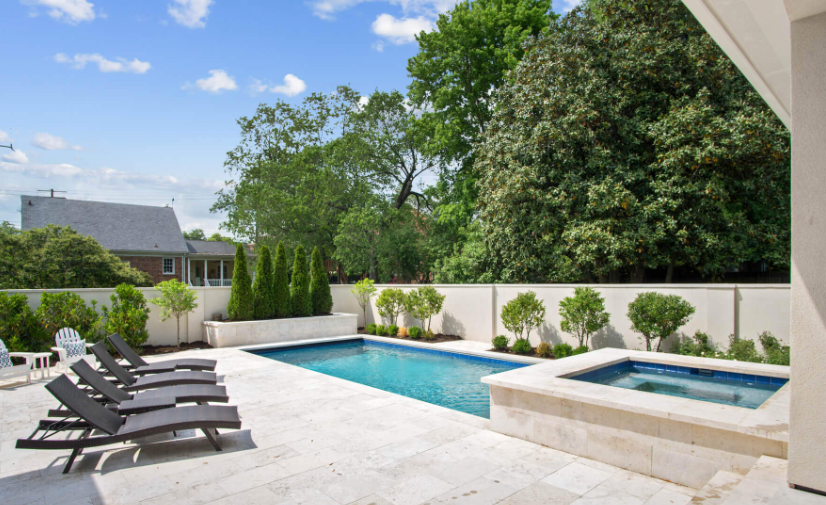The art of blending indoor and outdoor spaces has become a prominent feature in contemporary architecture and interior design, creating seamless transitions between the interior and exterior environments and enriching the overall living experience. This design approach aims to connect residents with nature, maximize natural light, and create versatile, functional living areas. Here are key elements and considerations in the art of blending indoor and outdoor spaces:
- Open-Concept Layouts: Open-concept floor plans are a hallmark of integrating indoor and outdoor spaces, allowing for uninterrupted visual and physical flow between the interior and exterior. Large, unobstructed openings, such as sliding glass doors, pivot doors, and folding walls, provide a direct connection to outdoor areas, effectively expanding the living space.
- Flow and Continuity: A successful indoor-outdoor blend includes creating a harmonious flow and continuity between interior and exterior spaces. This can be achieved through consistent flooring materials, color palettes, and design elements that span both areas, creating a cohesive and integrated environment.
- Outdoor Rooms and Enclosed Spaces: Designing outdoor spaces as functional “rooms” with amenities such as seating areas, dining spaces, fire pits, and outdoor kitchens allows homeowners to enjoy the same level of comfort and functionality as indoor living spaces, prompting a seamless transition between the two areas.
- Natural Light and Ventilation: Integrating large windows, skylights, and strategically placed openings maximizes natural light and ventilation, blurring the boundaries between inside and outside while creating a bright and airy living environment.
- Thoughtful Landscaping: Thoughtful landscaping and garden design further enhance the connection between indoor and outdoor spaces, creating visual interest and depth while providing a sense of continuity and natural beauty that can be enjoyed from both areas.
- Sheltered Outdoor Areas: Providing covered and sheltered outdoor areas, such as patios, verandas, and pergolas, extends the usability of outdoor spaces, allowing them to be enjoyed in varying weather conditions and making them a seamless extension of the interior living environment.
- Flexible Furnishings and Spatial Arrangement: Utilizing flexible furnishings and spatial arrangement techniques that can transition between indoor and outdoor use allows for versatile living configurations, blurring the lines between the two spaces and fostering adaptability.
- Integration of Water Features: Incorporating water features, such as pools, fountains, or reflective ponds, provides a sensory link between the interior and exterior areas, creating a tranquil, refreshing ambiance that can be experienced from both environments.
By artfully blending indoor and outdoor spaces, architects and designers create living environments that promote a sense of connection, openness, and harmony with nature. The seamless integration of interior and exterior living areas facilitates a holistic living experience, enhancing the quality of life and promoting a deeper connection with the surrounding environment.
